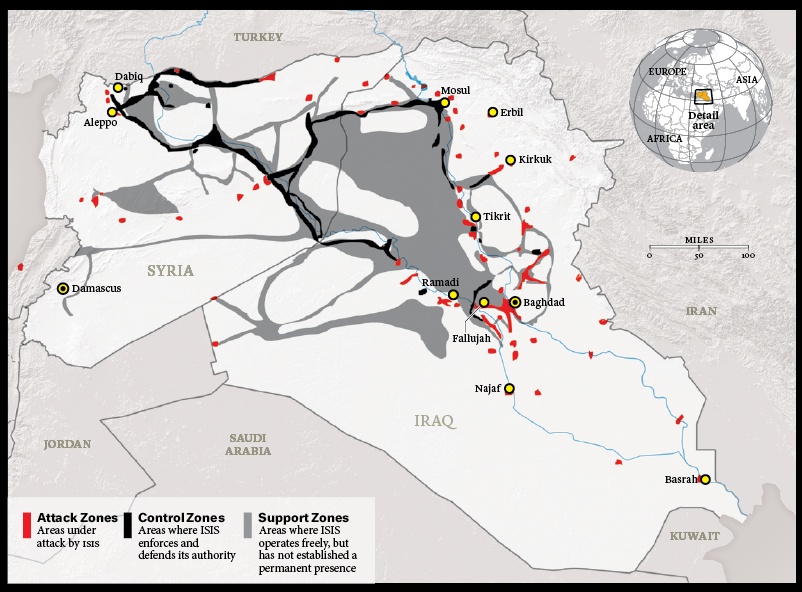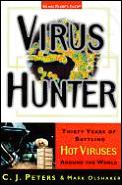You might be interested in "The 50 ‘essential’ Washington history books" by Mike DeBonis in The Washington Post of 08/19/2011.
You might also be interested in the PBS special on Benjamin Latrobe which is available as a DVD.Grand Avenues: The Story of Pierre Charles L'Enfant, the French Visionary Who Designed Washington, D.C. by Scott W. Berg. 4.2 stars, 352 pages. Book talk by Scott Berg. Here is a review of the book in The Washington Post. In 1791, shortly after the United States won its independence, George Washington personally asked Pierre Charles L’Enfant—a young French artisan turned American revolutionary soldier who gained many friends among the Founding Fathers—to design the new nation's capital. L’Enfant approached this task with unparalleled vigor and passion; however, his imperious and unyielding nature also made him many powerful enemies. After eleven months, Washington reluctantly dismissed L’Enfant from the project. Subsequently, the plan for the city was published under another name, and L’Enfant died long before it was rightfully attributed to him. Filled with incredible characters and passionate human drama, Scott W. Berg’s deft narrative account of this little-explored story in American history is a tribute to the genius of Pierre Charles L'Enfant and the enduring city that is his legacy.
Empire of Mud: The Secret History of Washington, DC by J.D. Dickey 4.6 stars, 320 pages. Book talk by J.D. Dickey. Review in The Washington Post. Washington, DC, gleams with stately columns and neoclassical temples, a pulsing hub of political power and prowess. But for decades it was one of the worst excuses for a capital city the world had ever seen. Before America became a world power in the twentieth century, Washington City was an eyesore at best and a disgrace at worst. Unfilled swamps, filthy canals, and rutted horse trails littered its landscape. Political bosses hired hooligans and thugs to conduct the nation's affairs. Legendary madams entertained clients from all stations of society and politicians of every party. The police served and protected with the aid of bribes and protection money. The city’s turbulent history set a precedent for the dishonesty, corruption, and mismanagement that have led generations to look suspiciously on the various sin--both real and imagined--of Washington politicians. Empire of Mud unearths and untangles the roots of our capital’s story and explores how the city was tainted from the outset, nearly stifled from becoming the proud citadel of the republic that George Washington and Pierre L'Enfant envisioned more than two centuries ago.
Books on Montgomery County History
Montgomery County (MD) (Images of America) by Michael Dwyer. 4.0 stars, 128 pages. Nicknamed the "Gateway to the Nation's Capital," Montgomery County is home to a number of federal agencies and a highly educated and affluent population that has grown increasingly diverse in recent years. Established in 1776, Montgomery County now consists of urban centers like Bethesda and Silver Spring; suburban neighborhoods like Wheaton, Germantown, and Potomac; and scenic rolling farmland interspersed with historic villages, like Brookeville and Barnesville. An additional 50,000 acres of federal, state, and county parkland provide numerous recreational opportunities for its residents.A Grateful Remembrance: The Story of Montgomery County, Maryland 1776-1976 by Ray Eldon MacMaster and Richard K.; Hiebert. unrated, 422 pages. Out of print, but lots of copies available online.
Montgomery County (Then & Now) by Mark Walston, Only one rating, 128 pages. Ranked among the 50 most populous counties in the nation and in the top 10 of the wealthiest, it boasts the most educated workforce in the United States. Through the juxtaposition of old and new photographs, noted author and historian Mark Walston chronicles the progression of county life in all its variety, offering historical insights into how modern Montgomery came to be.
Biographies
My Bondage and My Freedom by Frederick Douglass. 432 pages (300 of the original text itself) 4.6 stars. The book is available in a free online version from Project Gutenberg. Here is a brief text and videos on Douglass from the History Channel TV network. Ex-slave Frederick Douglass was born in Maryland and lived in Washington for many years; his estate at Cedar Hill is now a National Historic Site. This book is his second autobiography-written after ten years of reflection following his legal emancipation in 1846 and his break with his mentor William Lloyd Garrison/ It catapulted Douglass into the international spotlight as the foremost spokesman for American blacks, both freed and slave. Written during his celebrated career as a speaker and newspaper editor, My Bondage and My Freedom reveals the author of the Narrative of the Life of Frederick Douglass (1845) grown more mature, forceful, analytical, and complex with a deepened commitment to the fight for equal rights and liberties.
Fortune's Fool: The Life of John Wilkes Booth by Terry Alford. 464 pages (340 pages of text), 4.3 stars Only hardcover $21.74. Here is Terry Alford discussing the book on C-SPAN's Book TV. Here is the Kirkus Review of the book. In Fortune's Fool, Terry Alford provides the first comprehensive look at the life of an enigmatic figure whose life has been overshadowed by his final, infamous act. Tracing Booth's story from his uncertain childhood in Maryland, characterized by a difficult relationship with his famous actor father, to his successful acting career on stages across the country, Alford offers a nuanced picture of Booth as a public figure, performer, and deeply troubled man.
The Sword & the Pen: A Life of Lew Wallace by Ray E. Boomhower. 5 stars (but only 2 reviewers), 161 pages. From fighting for the cause of freedom during the Civil War to writing of one of the best-selling books of all time, Lew Wallace of Indiana enjoyed a remarkable career that touched the lives of such famous figures in American history as Abraham Lincoln, Ulysses S. Grant, Mark Twain, James Garfield, James Whitcomb Riley, and Billy the Kid. Included here mostly because he led the Union Troops in the Battle of Monocacy.
Sickles the Incredible - A Biography of General Daniel Edgar Sickles By W. A. Swanberg. 4.7 stars, 433 pages. The book is out of print but lots of copies available online. Reader reviews are available on Amazon and Goodreads. Sickles was involved in a number of public scandals, most notably the killing of his wife's lover, Philip Barton Key II, son of Francis Scott Key. He was acquitted with the first use of temporary insanity as a legal defense in U.S. history. He was one of the Civil War's most prominent political generals, serving in the Army of the Potomac. His military career ended at the Battle of Gettysburg in July 1863, after he insubordinately moved his III Corps to a position where it was virtually destroyed. And those are only a few of the aspects of his life.
Roger B. Taney by Carl Brent Swisher. Unrated (published in 1935, out of print but some copies available online.) 608 pages.
or
Life of Roger Brooke Taney : chief justice of the United States Supreme Court by Bernard Christian Steiner. (published in 1922, scarce on paper) Available free online here. There is a useful reader review of the book on Goodreads.
Taney, a Marylander, is most remembered as the author of the Dred Scott decision of the Supreme Court, of which he was Chief Justice from 1836 to 1864. He also served as Secretary or War and U.S. Attorney General but was the first man to be rejected for confirmation by the Senate when nominated Secretary of the Treasury. He was a central figure in President Jackson's successful effort to close the Bank of the United States. After Lincoln suspended the writ of habeas corpus in parts of Maryland, Taney ruled as Circuit Judge in Ex parte Merryman (1861) that only Congress had the power to take this action.
Not our usual kind of thing, but since F. Scott Fitzgerald is buried in Rockville:
The Crack-Up by F. Scott Fitzgerald. 4.2 stars, 352 pages. A self-portrait of a great writer 's rise and fall, intensely personal and etched with Fitzgerald's signature blend of romance and realism.
or
Beloved Infidel by Sheilah Graham. 4 stars, 338 pages. Autobiography, love story, and literary history, this classic memoir is "the very best portrait of F. Scott Fitzgerald that has yet been put into print". So wrote critic Edmund Wilson about this international best seller in 1959.
Not quite local interest, but here is one more book to consider:
Original Meanings: Politics and Ideas in the Making of the Constitution by Jack N. Rakove (Pulitzer Prize winner) 3.6 stars, 464 pages (365 pages of text). Here is a video of Prof. Rakove's discussion of his book from C-SPAN. Here is the H-Net review of the book. From abortion to same-sex marriage, today's most urgent political debates will hinge on this two-part question: What did the United States Constitution originally mean and who now understands its meaning best? Rakove chronicles the Constitution from inception to ratification and, in doing so, traces its complex weave of ideology and interest, showing how this document has meant different things at different times to different groups of Americans.







__large.jpg)





